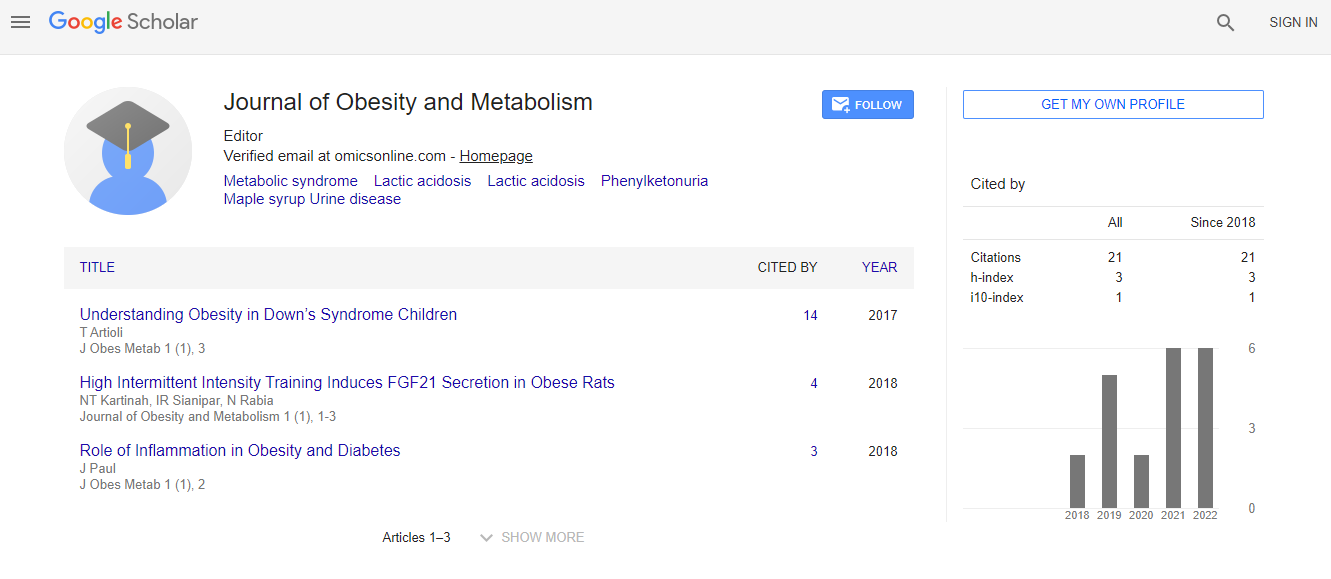Evidence of declining dietary diversity among children aged 1-5 years between 2005 and 2017 in lower-income countries
*Corresponding Author:
Copyright: © 2020 . This is an open-access article distributed under the terms of the Creative Commons Attribution License, which permits unrestricted use, distribution, and reproduction in any medium, provided the original author and source are credited.
Abstract
Objectives: We sought to estimate trends in dietary diversity in children aged 1-5 years living in lower-income countries. We hypothesized that dietary diversity is increasing over time in this population, independent of changes in wealth. Methods:We utilized89 Demographic and Health Surveys conducted in 59 countriesto cross-sectionally measure two separate outcomes, 1) the number of different types of food the child ate in the previous 24 hours (dietary diversity) and 2) the proportion of children who only ate one type of food in the previous 24 hours. We then estimated change over time across the years 2005-2017 in both a child-level analysis using negative binomial regression and logistic regression models, respectively. We also conducted a country-level analysis using a meta-analysis approach.

 Spanish
Spanish  Chinese
Chinese  Russian
Russian  German
German  French
French  Japanese
Japanese  Portuguese
Portuguese  Hindi
Hindi 